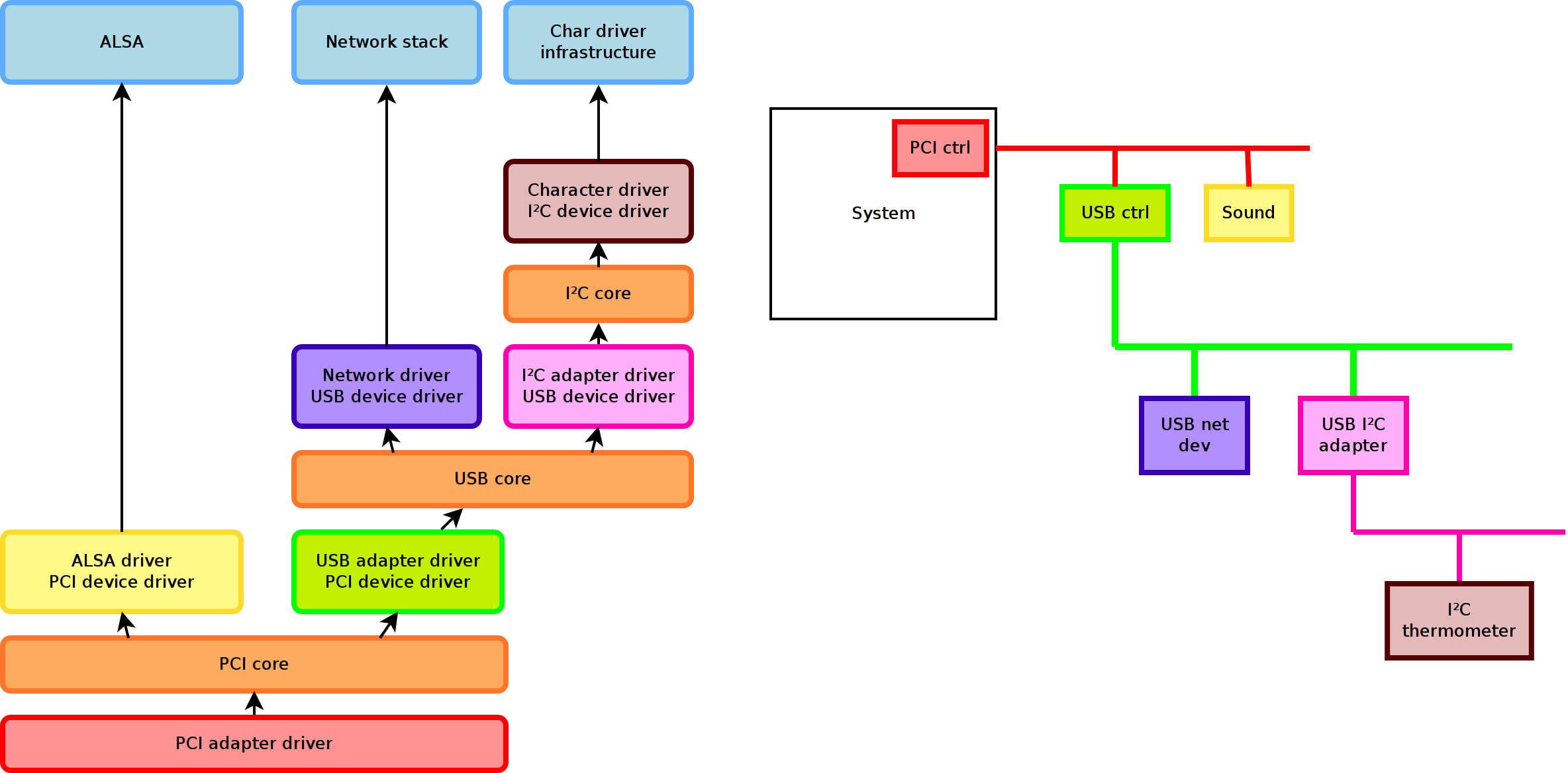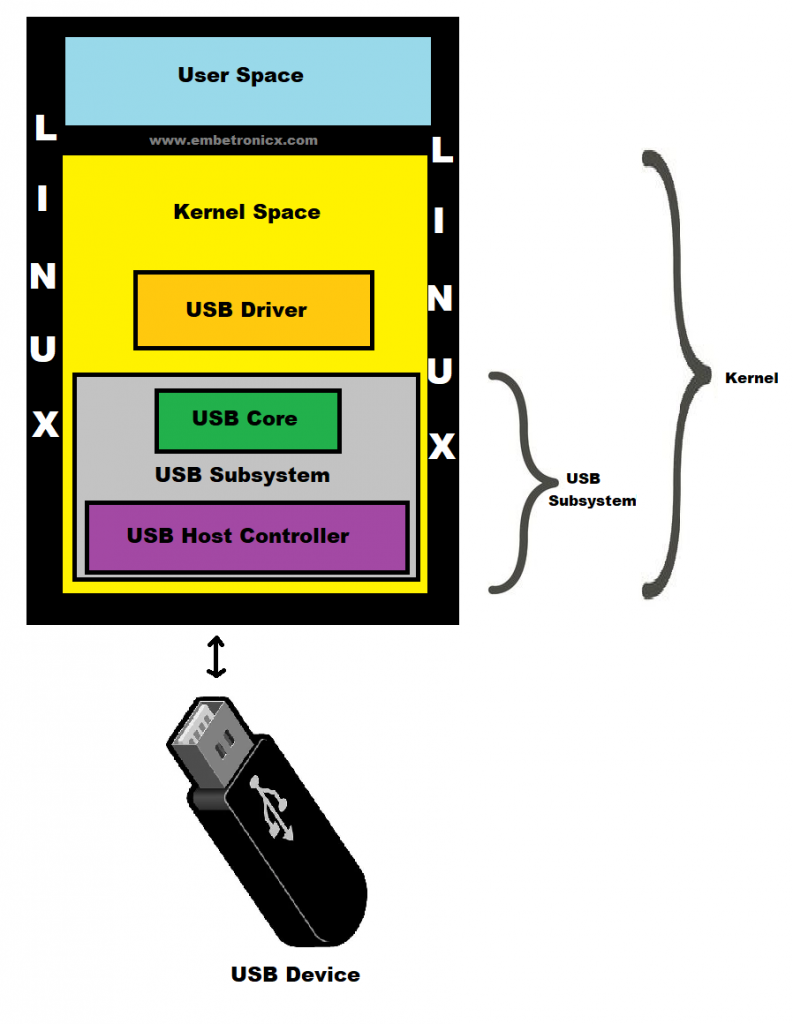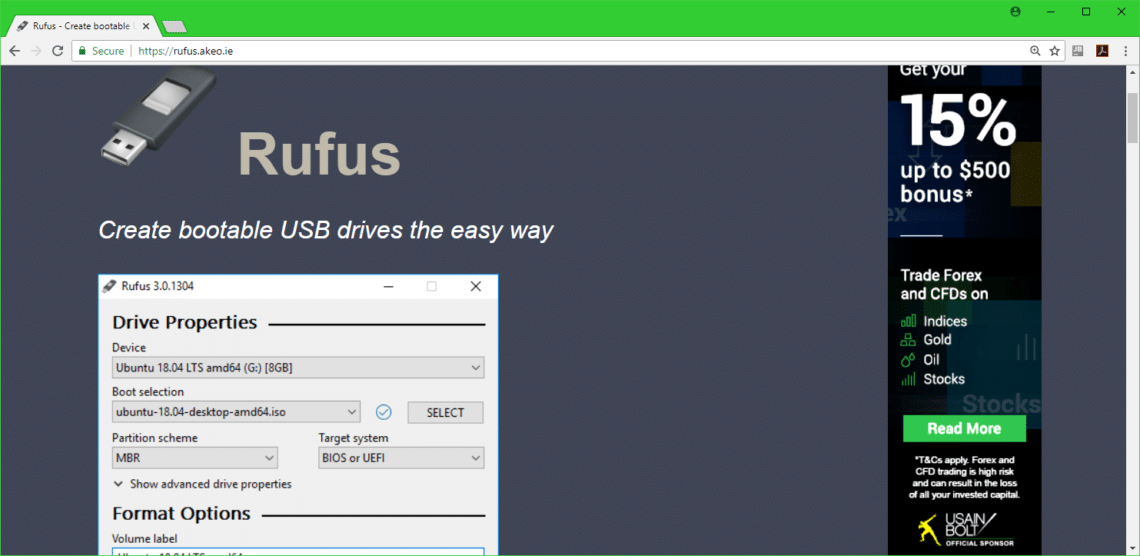Beautiful Info About How To Write Linux Usb Driver

The driver registers its driver object with the usb subsystem and later uses vendor and device identifiers to tell if its hardware has been installed.
How to write linux usb driver. Unplug and plug your device back and check if the new driver is loaded. Each kernel driver contains a line such as: This is done with the usb_unregister function:
The first thing a linux usb driver needs to do is register itself with the linux usb subsystem, giving it some information about which devices the driver supports and which functions to call when a device supported by the driver is inserted or removed from the. Every linux system has a standard place under the root file system (. These dynamically loadable drivers are more commonly referred as modules and built into individual files with.ko (kernel object) extension.
The first thing a linux usb driver needs to do is register itself with the linux usb subsystem, giving it some information about which devices the driver supports and which functions to call when a device supported by the driver. Replace xpad with appropriate driver. 2 usb is just a transport layer.
It must respond to mouse events and translate the values read from these three i/o ports into a block of data in the format described above. This video continues from the previous and presents how to write a usb device driver under linux. Specifically, i over the very importan.
For those wanting a concise look at the many great changes coming with linux 6.8 that will debut. So, conceptually the goal of this driver is very simple: While the linux 6.8 kernel merge window has been over for several weeks now, due to a busy february of new hardware releases and lots of linux hardware reviews/benchmarking, i've been behind in writing up my linux 6.8 feature recap.
1 answer sorted by: If the modalias matches one that the driver supports, this driver is. Usb device driver :
Static struct miscdevice our_mouse = {. Programming guide for linux usb device drivers: Storage devices generally implement scsi protocol.
Libusb is useful and easy to get up and running. 1.introduction the linux usb subsystem has grown from supporting only two different types of devices in the 2.2.7 kernel (mice and keyboards), to over 20 different types of devices in the 2.4 kernel. Module_alias(usb:.) which must match the usbalias (wildcards are used to match multiple devices).
I would suggest that you start there, especially if you haven't written linux drivers in a while. Static void __exit usb_skel_exit(void) { /* deregister this driver with the usb subsystem */ usb_deregister(&skel_driver); Usb supports several types of logical connections over the same physical wire.
Registering the usb driver when the driver is unloaded from the system, it needs to unregister itself with the usb subsystem.
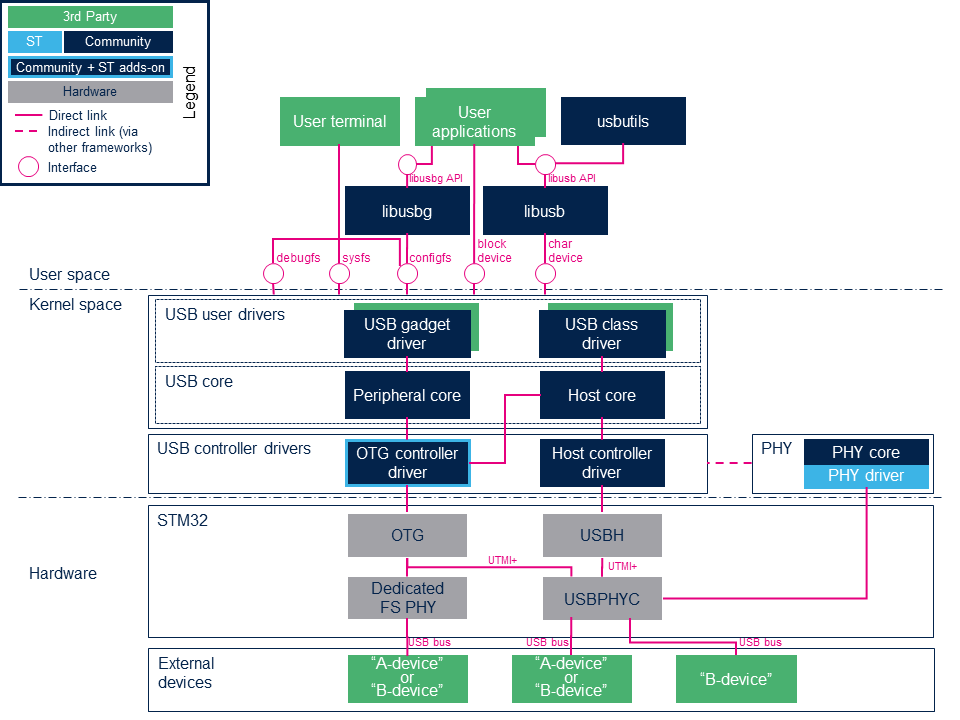
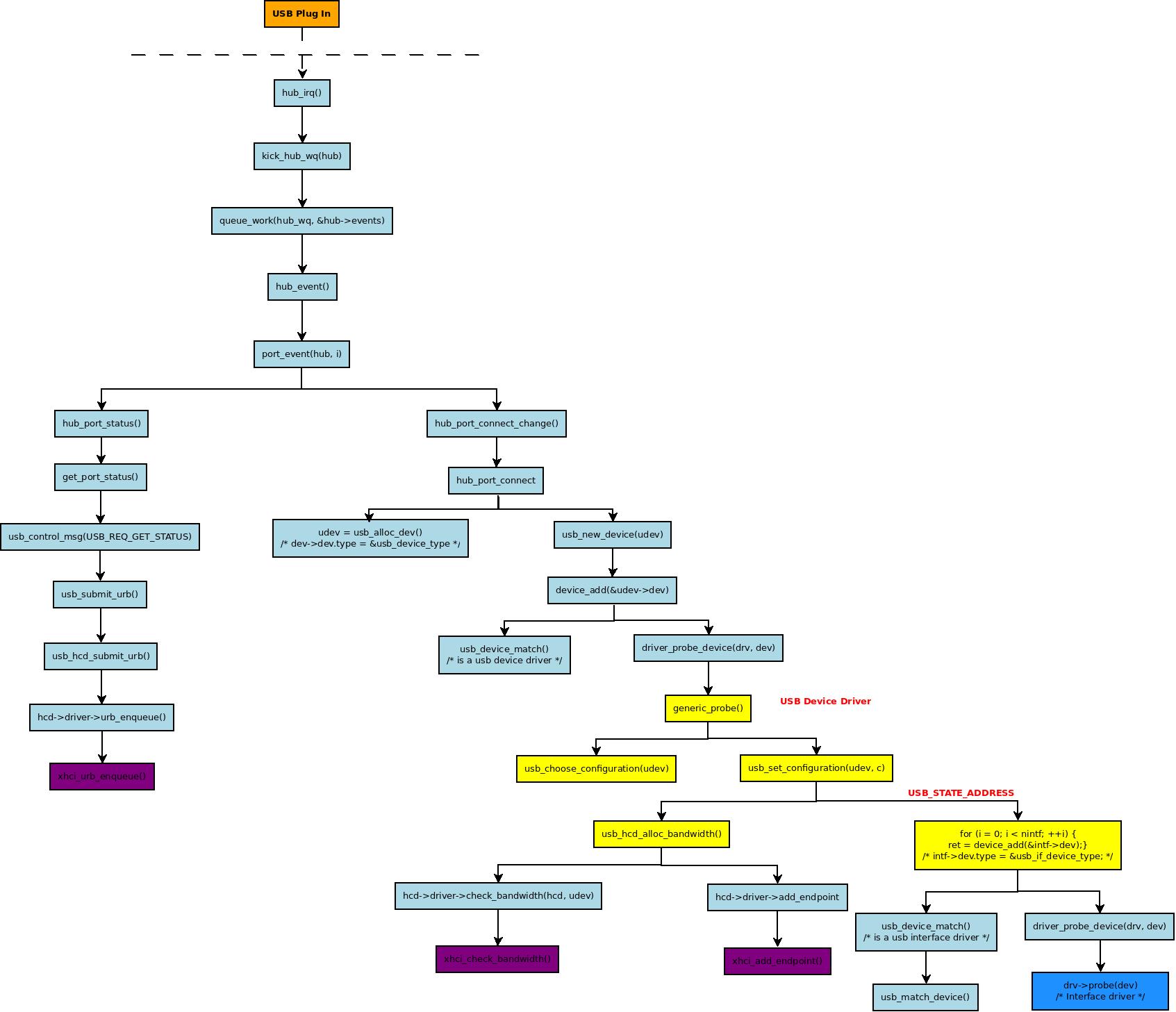

/001-how-to-burn-iso-to-usb-in-linux-4588767-10adf628f5ab4ce3a8629c248fb82d61.jpg)
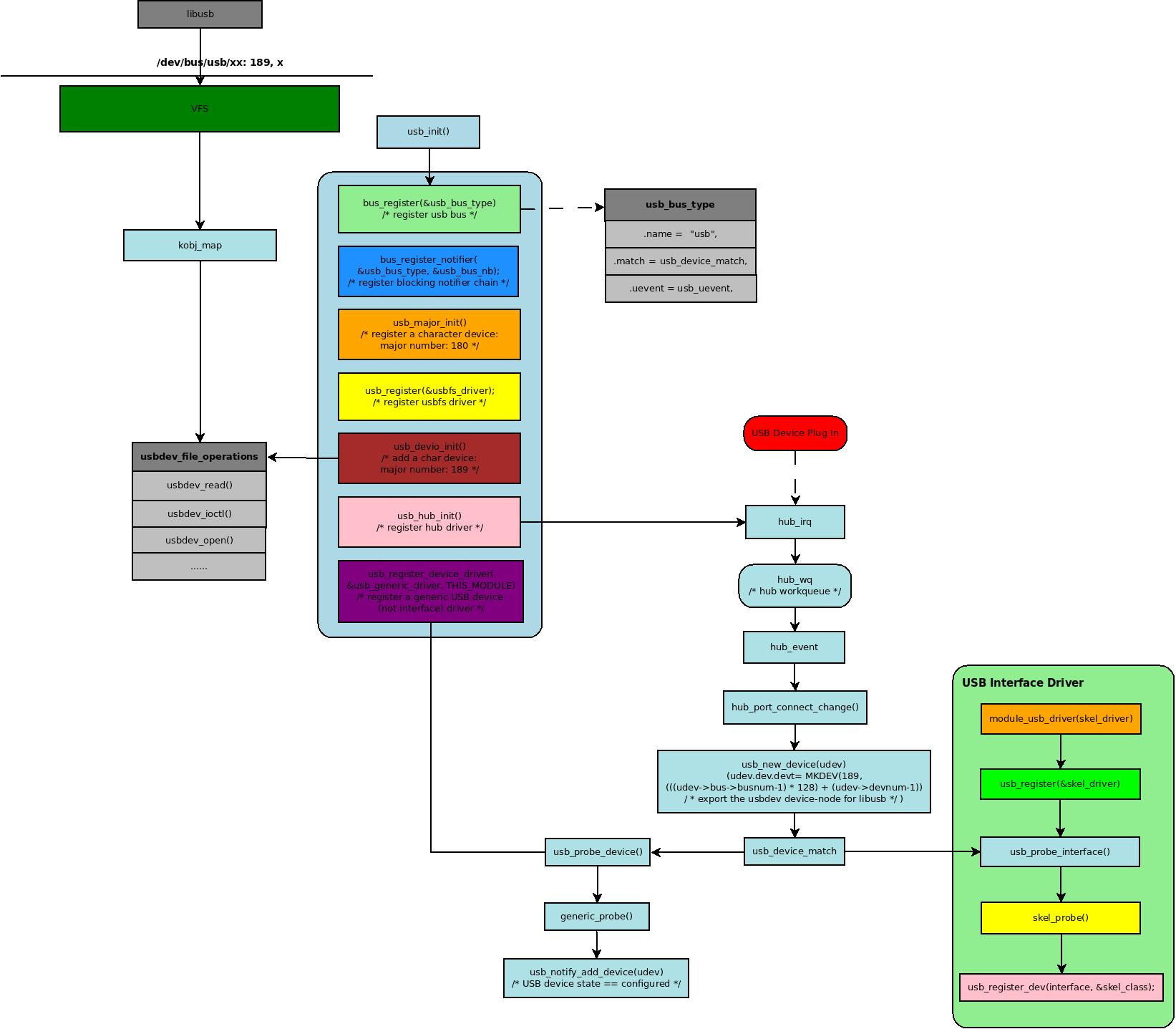
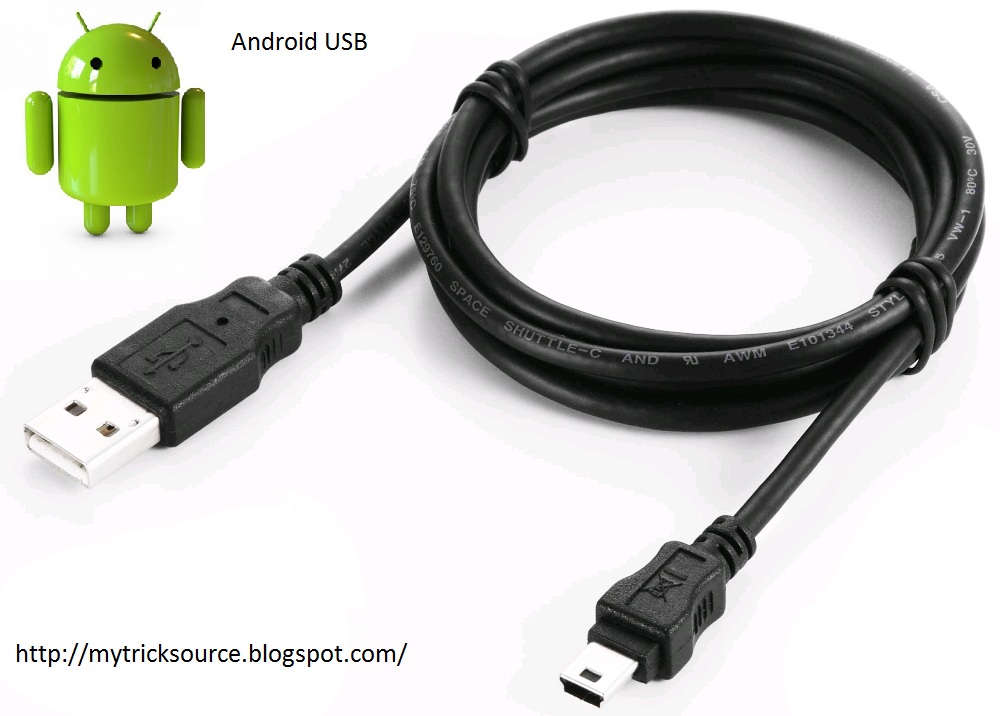
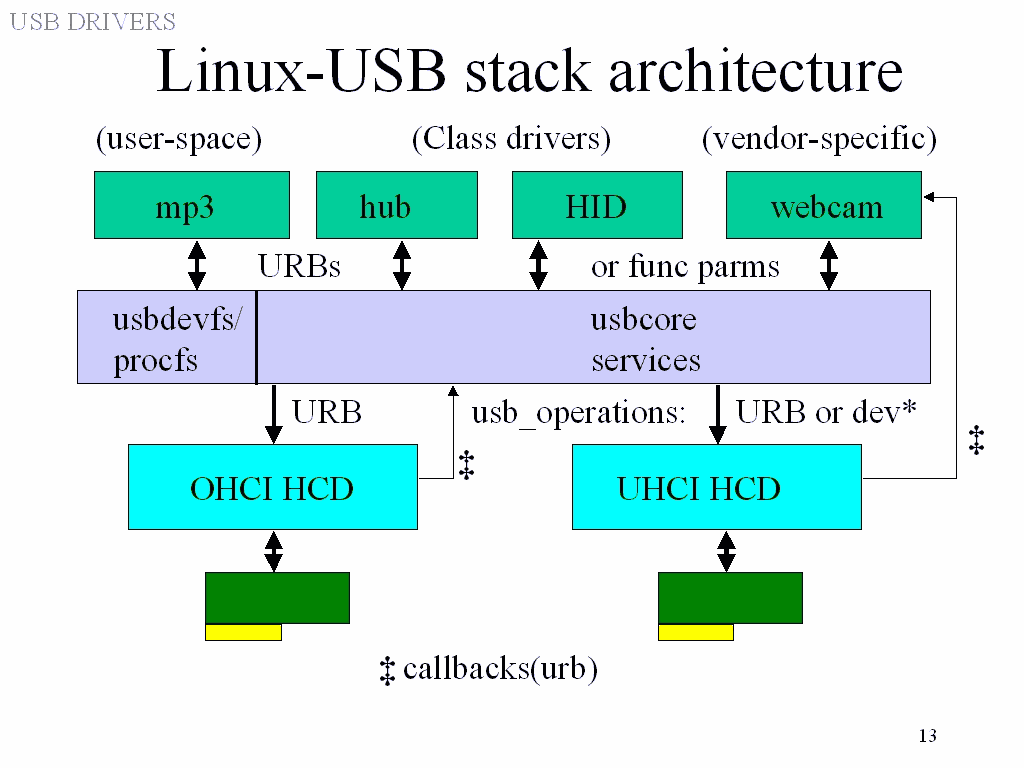

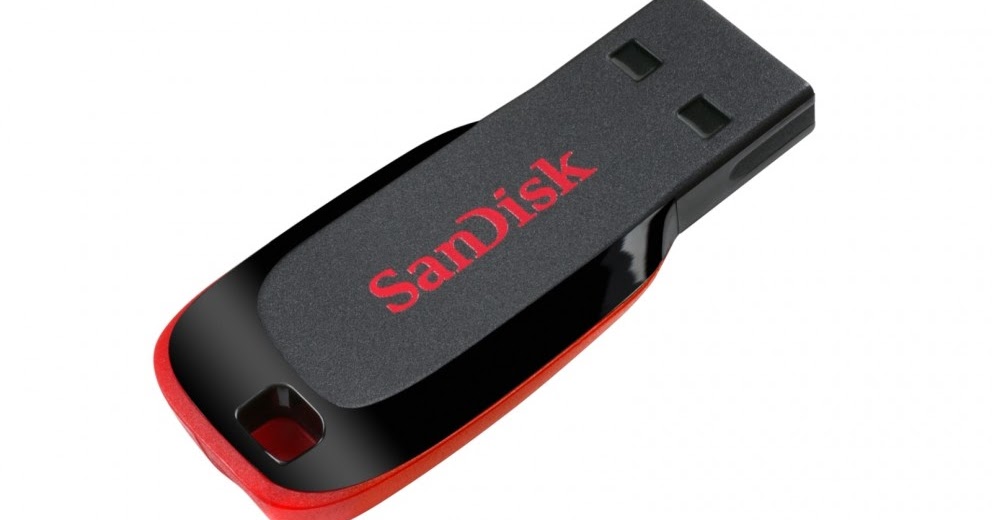

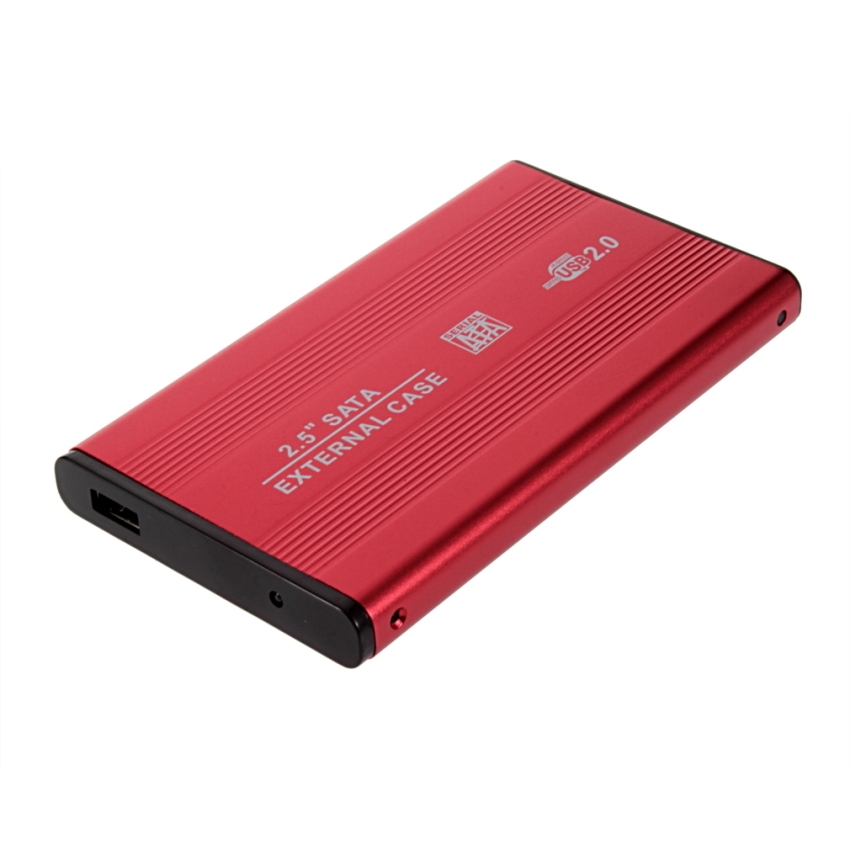
:max_bytes(150000):strip_icc()/win10-win32-disk-imager-a571147d1c7f47b3bc103904417c47a9.jpg)


